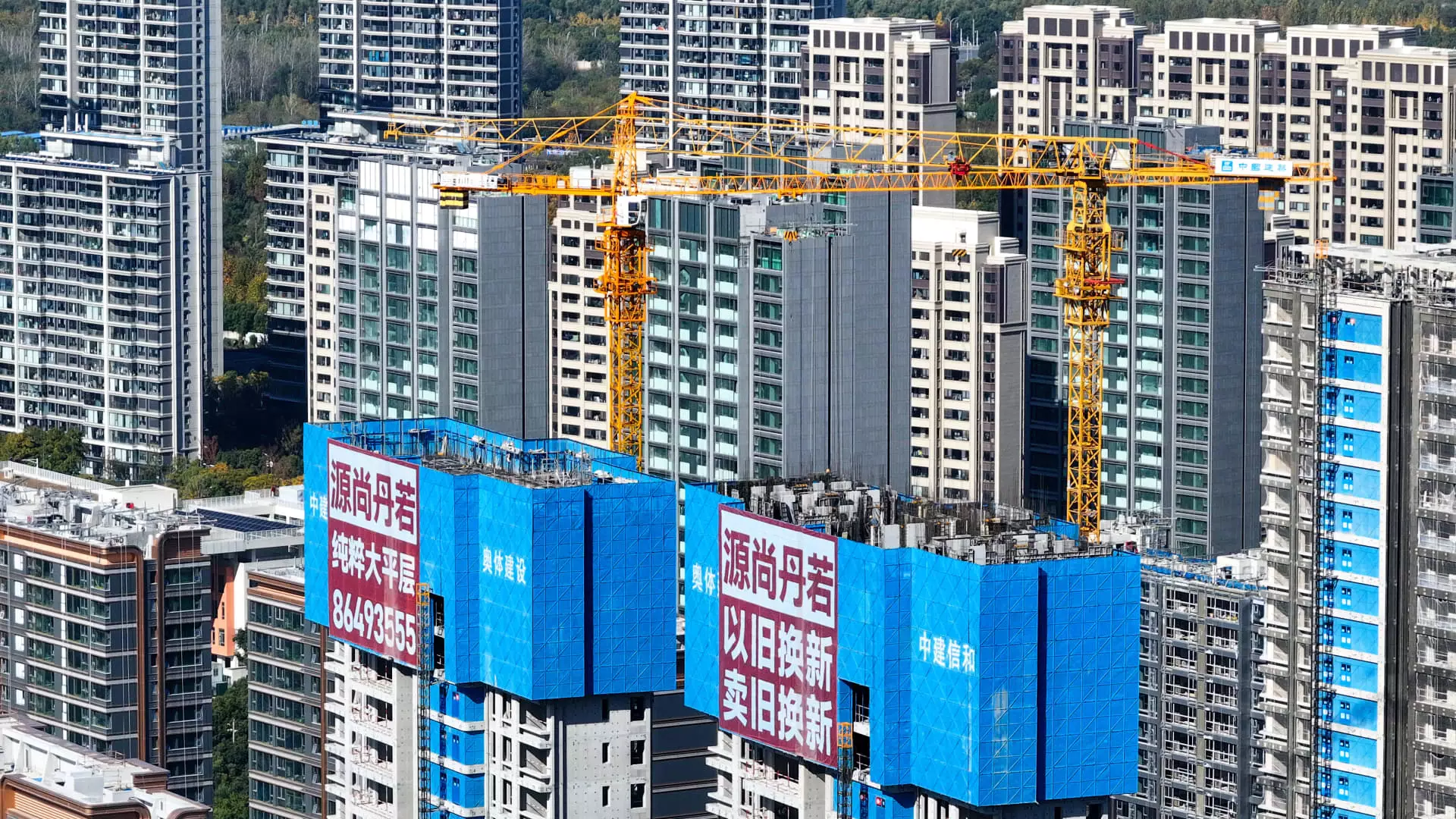China’s economic landscape continues to shift under the weight of ongoing efforts from the government to spur growth in a climate of uncertainty. While Beijing’s recent stimulus initiatives have sparked some positive developments in sectors like real estate and manufacturing, the broader result of these measures appears limited. Insights from corporate earnings reports and economic data underscore a sentiment of cautious optimism rather than a resounding recovery, suggesting that a strong rebound for the world’s second-largest economy remains elusive for now.
Since the announcement of stimulus measures at the end of September, limited yet encouraging signs have emerged within specific sectors. The business landscape, particularly in manufacturing, has showcased tentative signs of recovery. A notable indicator, the Caixin purchasing managers’ index, reflected a rising trend with a score of 51.5 in November—a benchmark that signifies growth and is the highest recorded since June. Comparatively, the official purchasing managers’ index (PMI) also pointed toward improved conditions with a figure of 50.3, marking the strongest performance since April. However, the positive indicators are tempered by the continued contraction in employment within the manufacturing sector, which has now persisted for three consecutive months.
Experts, such as Wang Zhe from Caixin Insight Group, caution that while the economy may be signaling the bottom of its downturn, stability remains a pressing requirement. The labor market’s sluggishness reveals that the benefits of fiscal stimulus have yet to permeate deeply, leaving many businesses reluctant to expand their workforce. This hesitance highlights the critical need for further galvanization of business confidence if a robust turnaround is to take shape.
On the corporate front, major players like Meituan, Alibaba, and Tencent have adopted a careful stance. These companies, prominent within their respective industries, have echoed sentiments about the delayed effects of the government’s stimulus measures during their recent earnings calls. Meituan’s Chief Financial Officer, Shaohui Chen, articulated a cautious optimism, admitting that the improvements in metrics, such as hotel order values within their travel sector, remained subdued compared to prior months.
This narrative of gradual recovery and circumspect positioning permeates through multiple sectors, as company executives reflect on how these initiatives translate into concrete growth. Although there is a prevailing belief that government policies will ultimately bolster consumer spending and economic activity, the acknowledgment remains that substantial dividends from these actions may take considerable time to materialize.
Adding complexity to the economic milieu are ongoing geopolitical tensions, particularly concerning U.S.-China relations. Recent tariff announcements and restrictions posed by the U.S. on Chinese chipmakers have left an imprint of uncertainty on the market. As companies navigate these unpredictable waters, the mixed signals from government policies and external pressures underscore the need for a multifaceted approach to stimulate growth.
The latest survey conducted by China Beige Book underscores a sense of urgency for more resources. Findings indicated an uptick in retail spending and home sales but noted a marked weakness in service consumption. This nuanced landscape paints a vivid picture: while some sectors are indeed benefiting from stimulus measures, many businesses remain hesitant to fully reinvest or expand without clearer assurances from the government.
The Road Ahead: Potential and Possibility
Looking toward the future, the Ministry of Finance has indicated that additional fiscal support could be on the horizon for 2024. Analysts anticipate that key outcomes from the upcoming economic planning meeting, typically held in mid-December, may further clarify the direction of China’s economic strategy. The theme of gradual progress dominates discussions around China’s economic recovery strategy, with many stakeholders hoping for initiatives that balance growth against the backdrop of national security and self-sufficiency.
While there are signs of improvement in specific sectors, and an atmosphere of cautious optimism is emerging, the landscape remains challenging. The lingering effects of external pressures and a hesitant corporate sector suggest that China’s economic recovery will be neither immediate nor uniform across all sectors. The emphasis must remain on generating sustainable growth that resonates across the entirety of the economy, allowing China to move forward from this period of restrained momentum.

